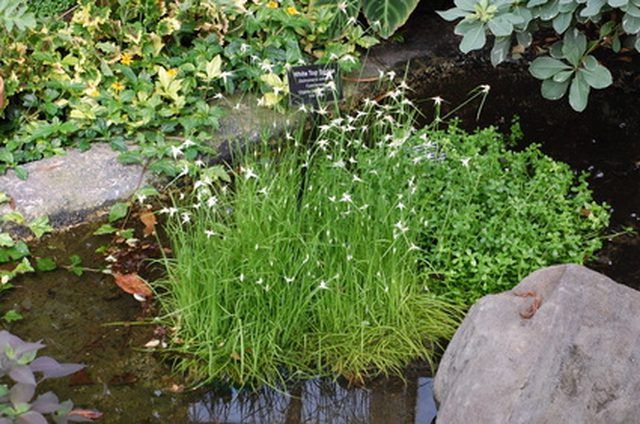Bulbs
Flower Basics
Flower Beds & Specialty Gardens
Flower Garden
Garden Furniture
Garden Gnomes
Garden Seeds
Garden Sheds
Garden Statues
Garden Tools & Supplies
Gardening Basics
Green & Organic
Groundcovers & Vines
Growing Annuals
Growing Basil
Growing Beans
Growing Berries
Growing Blueberries
Growing Cactus
Growing Corn
Growing Cotton
Growing Edibles
Growing Flowers
Growing Garlic
Growing Grapes
Growing Grass
Growing Herbs
Growing Jasmine
Growing Mint
Growing Mushrooms
Orchids
Growing Peanuts
Growing Perennials
Growing Plants
Growing Rosemary
Growing Roses
Growing Strawberries
Growing Sunflowers
Growing Thyme
Growing Tomatoes
Growing Tulips
Growing Vegetables
Herb Basics
Herb Garden
Indoor Growing
Landscaping Basics
Landscaping Patios
Landscaping Plants
Landscaping Shrubs
Landscaping Trees
Landscaping Walks & Pathways
Lawn Basics
Lawn Maintenance
Lawn Mowers
Lawn Ornaments
Lawn Planting
Lawn Tools
Outdoor Growing
Overall Landscape Planning
Pests, Weeds & Problems
Plant Basics
Rock Garden
Rose Garden
Shrubs
Soil
Specialty Gardens
Trees
Vegetable Garden
Yard Maintenance
A Bacopa Plant & Winter
A Bacopa Plant & Winter. Bacopas are a mat-forming plant that only reach 8 inches in height, but spread to 3 feet wide. They are picky plants that will withhold their vibrant little blooms for up to three weeks if they are allowed to get dry between watering. Bacopas also don't like the cold. Keeping a bacopa over winter requires making a few key...

Bacopas are a mat-forming plant that only reach 8 inches in height, but spread to 3 feet wide. They are picky plants that will withhold their vibrant little blooms for up to three weeks if they are allowed to get dry between watering. Bacopas also don't like the cold. Keeping a bacopa over winter requires making a few key decisions about how and where to plant.
Annual vs. Perennial Bacopa
If you live in areas warm enough to overwinter these tender perennials, you may plant them directly into an area of your garden with moist soils and full sunlight. For areas with winter temperatures consistently below 60 degrees Fahrenheit, it is best to plant them in a container so that they can be moved indoors when the temperature drops. But you may also wish to just grow them as annuals, enjoying them during the growing and flowering seasons. You can add them to your compost pile when the weather turns cold.
Hardiness Zones
The USDA hardiness zones for most bacopa plant varieties are zones 9 to 10. (This zone covers south Texas, southern Florida and Nevada, coastal Louisiana and almost all of coastal California.) The United States National Arboretum provides the USDA plant hardiness zone map for more detail on zone lines. The high temperature that bacopa enjoys is approximately 80 degrees Fahrenheit, but if the temperatures remain below 60 degrees for even a few hours, the plant can be damaged.
Changing Climate Regions
Even though you may live in the proper USDA hardiness zone to overwinter bacopas, you may want to consider current radical temperature changes before investing in a huge decorative perennial border of bacopas. Since they are so fragile to cold temperatures, consider the effects that global warming and cooling have been having on your region. Allowing your bacopas to completely go to seed and reseed themselves for the next growing season may be the best alternative to trying to keep them alive all winter.
Tackling a Sudden Cold Snap
If the nights are unseasonably cold, cover your outdoor plantings of bacopa with a sheet or landscape fabric all the way to the ground on all sides, and arrange Christmas lights or a bulb under the sheet so that the bulbs do not touch the sheet or the actual plant matter. Leave them on during the worst cold, then turn them off for the rest of the cold spell. The warmth between the sheet and the ground will keep the bacopas safe from brief cold snaps.
Alternate Planting Idea
Bacopas can be planted in decorative pots, then set into the shallows of a water feature, because it doesn't mind wet feet. If you have fish in your water feature, make sure not to use soils or fertilizers that will harm them. Also ensure that the soil level in the pot is at least 3 to 4 inches above the water line, so that the stems are not ever submerged, and so that the near-surface roots have a chance to breathe. Then, during cold weather, move your pots indoors or to your hot box.